In the context of different R&D projects over the last few years, we at FRIENDSHIP SYSTEMS have developed and implemented a new method for our product CAESES® that is based on the direct coupling of our efficient CAD parameterization and…
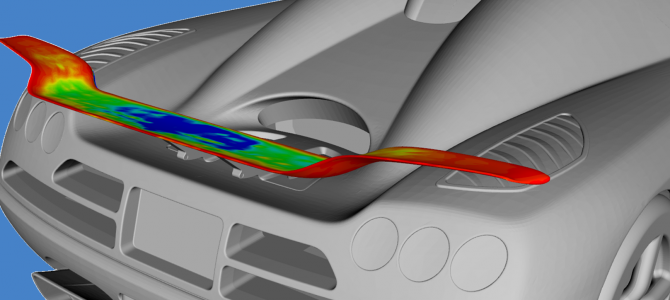

In the context of different R&D projects over the last few years, we at FRIENDSHIP SYSTEMS have developed and implemented a new method for our product CAESES® that is based on the direct coupling of our efficient CAD parameterization and…

Some time ago, our customer MTU Friedrichshafen (the core entity of Rolls-Royce Power-Systems) approached us with a very interesting request. They design large turbochargers for diesel engines, and they use CAESES® for the design of volutes and other engine components.…

Consider you have an existing geometry from another CAD system, and you want to conduct a design study with the geometry in CAESES®. Let’s assume the geometry was exported as a set of NURBS curves and surfaces, using a standard…
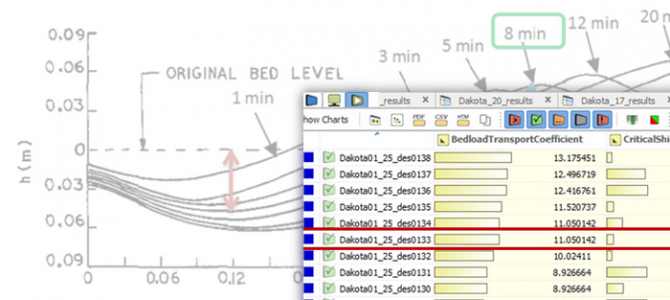
When it comes to sediment simulations, the results of an analysis can heavily vary depending on which values you take for certain coefficients such as the Shield’s number. Often the default values of software solutions are not suited and need…
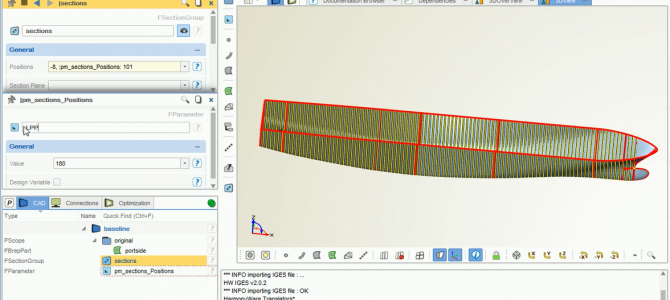
In our latest CAESES® release 4.1.2, we have improved the methods to change existing geometries by means of shift transformations and shape deformations. In this context, existing geometries mainly means data that is given in another CAD system, and which…
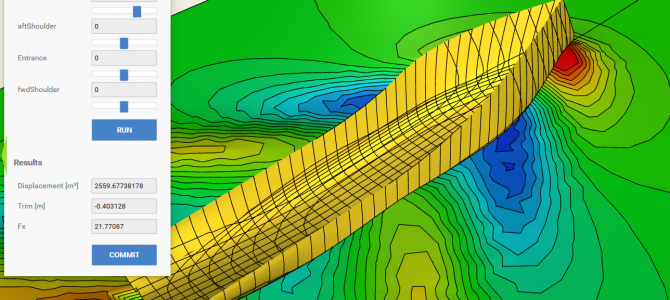
The world’s leading maritime trade fair SMM 2016 is currently taking place in Hamburg, Germany. This year, we decided to go there, and run a competition for the optimization of a ship hull design. We have picked a demo offshore…
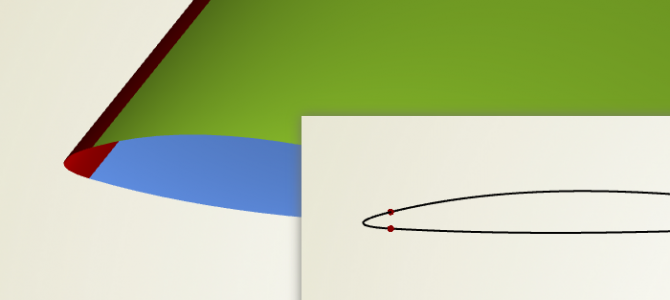
The polycurve type in CAESES® is something that gets used quite a lot, in particular in the context of surface generation through the meta surface technology where you need to have a single curve definition. The polycurve simply takes a…
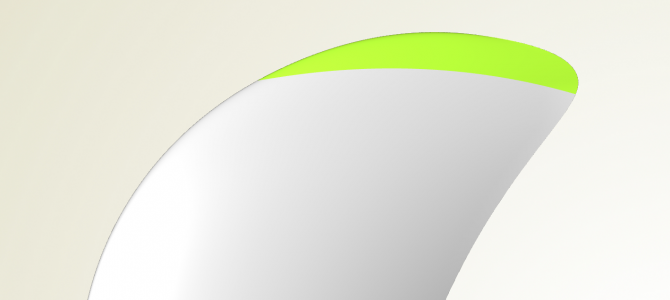
In our propeller design projects for maritime applications (i.e. ship and boat design), we use a special feature for creating the blade’s tip surface. This is a tricky region because there is a singularity, and as a designer you need…

Efficient Geometry for TurboLab Stator Optimization Some time ago, we were asked whether we can provide a variable and robust CAD model for the TU Berlin TurboLab Stator test case. This stator is installed in a measurement rig at the…

As some of our CAESES® users may already know, we really love to squeeze in small pieces of useful functionality into our maintenance releases. Why wait for a major release if our users can benefit from them right now? This…